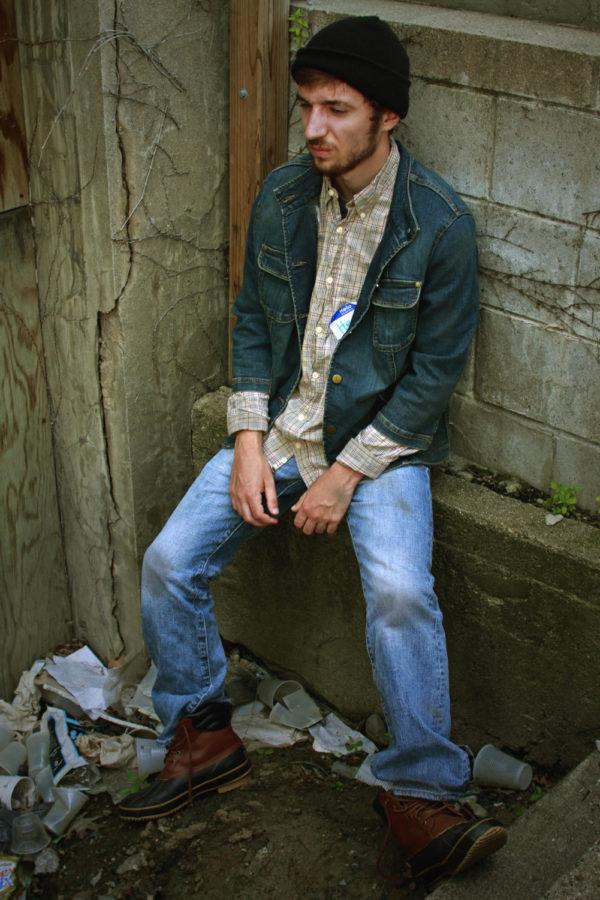Yetley: The hard lives of homeless, criminals
Photo illustration: Miranda Cantrell/Iowa State Daily
As of 2010, nearly 24,000 people within the state of Iowa are homeless. (Source: Iowa Institute for Community Alliances)
June 12, 2013
I had the opportunity to watch parts of the murder trial Smith vs. The State of Iowa this past week. On the first day, I sat in on the jury selection. Although I was mainly watching the potential jurors, at the front of the courtroom sat the defendant. He sat still for the first four or five hours, then he turned around and I could see his face.
I didn’t know what to expect. I knew he was an older, homeless man, who was being tried for second degree murder. But his face surprised me when I saw him. His cheek bones laid flat on his face. His eyes were not beady but were wide and colorless. He had the illusion that his face had sunken in, but he was quite overweight and it was prominent in his jaw line. To sum it up, he looked lifeless. I had three different theories why he looked this way. It was either because he was homeless, he was a murderer, or a product of the prison system, or something completely unrelated that I will never find out.
The homeless in America live a hard life. Most of them travel from place to place with no sense of permanency. Some homeless have families that they go back and find for a short time. Some people have no one to rely on but themselves. Some of the homeless choose to live the life of a homeless person. They work and therefore have an income to provide for themselves. Others have no choice; they have no other option due to lack of personal support or no finances to support themselves either. Many homeless have mental issues that they are unable to treat. Either they can not afford the medical bills or they just simply don’t have a reliable support system.
One thing that all homeless lack is a sense of safety. A home is a shelter not only the elements of the earth but also the human evils that prey on the unprotected. Crimes like assault, burglary or rape victimize the homeless, leaving them to fend for themselves. Clearly if they do not have a home to go to, they will probably not have a phone either. Without a phone, unless they are within earshot of the police department, the chances of someone reporting a crime are unlikely. A life with such a lack of safety and so few guarantees could possibly lead to the lifelessness on this man’s face.
All the evidence that has been provided proves that the victim did indeed die at the hands of the defendant; this is not the question of the case. The question is whether the defendant had any malicious intent or the act was done in self-defense, as the defendant claims. The fact that a man has died based on your actions gives a guilty feeling. Is it the guilt of the victim’s death that has drained out the life from this man’s face?
Or has the prison system taken the life out of life? Homeless people deal with their own lack of safety, and inmates deal with a different lack of safety. While homeless danger could be anywhere at any given moment. As long as a person stays moving, generally people will leave them alone. But in prison no one can move; they are contained in one location for years. Although danger lurks everywhere, danger is closer for a homeless person in prison. Each person poses a threat. Inmates are forced to make hard decisions that lead to even more pain in life. All of that could lead to a defense mechanism involving forgetting about the joys in life, and consequently leaving your face lifeless.
I will never know what made this man’s face look so lifeless. So, I cannot say for sure that it was one of these factors, but I believe that if someone is becoming homeless, planning a murder or any other felony that will lead to a long prison sentence, their face will show it. Sometimes we need the obvious spelled out for us.







